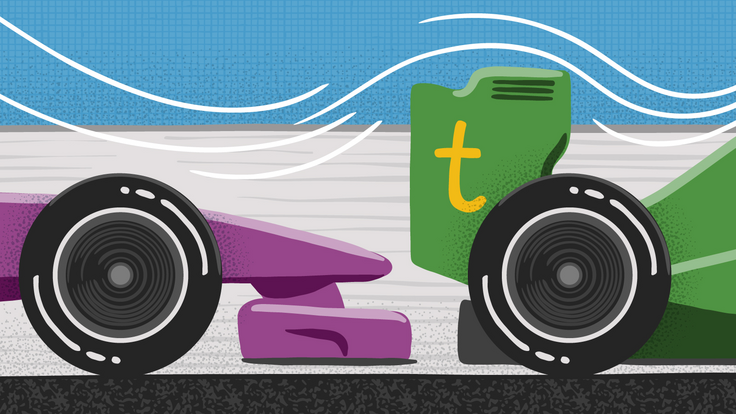
All parts of the EXO 200 experiment apparatus are thoroughly cleaned before entering a clean room. (Photo: EXO)
Think you know a neat freak? Even in a field where cleanliness means far more than just washing your hands, the Enriched Xenon Observatory 200 experiment, or EXO 200, is pushing the boundaries of "clean." To ensure that EXO 200 proceeds without interruption, its scientists and engineers must scour the entire experiment for even parts-per-trillion of foreign substances.
The EXO 200 experiment--a prototype for the larger EXO experiment, still in the planning stages--will study neutrinos: subatomic particles that constantly shower down on the earth but interact very little with matter. The experiment's two main goals are to measure the neutrino mass, and find out whether or not neutrinos are their own antiparticle-their own symmetric opposite. To eventually help the larger EXO experiment achieve these goals, EXO 200 scientists will search for a rare process called neutrinoless double beta decay, in which two neutrinos, acting as particle and anti-particle, cancel each other out and disappear. But neutrinoless double beta decay is extremely rare, and EXO 200 can't afford any false signals that foreign particulates would send to the detector.
To keep particulates out, the EXO 200 team had to build the detector and the two cryostat chambers that contain it--each the size of a small car--from a material that could be highly purified, removing any foreign molecules. The group first thought of using silicon, which is used to build microchips and valued for its "clean" properties. But building the detector out of silicon would have presented major mechanical challenges. Instead, they settled on copper for the cryostats and parts of the detector, as well as beryllium-copper for the detector. These two materials can be purified into a highly clean state.
"We're looking for an extremely rare decay, we need a lot of material to build [the experiment], and we have to filter out a lot of background noise," says SLAC National Accelerator Laboratoty physicist and EXO 200 researcher Marty Breidenbach. "So we go crazy getting these ultra-clean metals. And God forbid anybody get a fingerprint on them." While the detector used in the EXO 200 experiment is not one-of-a-kind, Breidenbach says it's the only one he knows of made from such materials and with such a strict standard of cleanliness.
The experiment's cleanliness doesn't end with the materials. To further protect the detector and cryostats from contamination, the group housed them in a location protected from natural radioactivity and cosmic rays. As cosmic rays dash freely through Earth's atmosphere, they threaten to activate the metals in the EXO 200 apparatus and send disruptive particles into the xenon inside. While the components are built and assembled at Stanford, they are protected from cosmic rays in a facility underground. The parts are then transported to the data-taking site, protected by concrete shielding and moved only by truck, since there are more cosmic rays at the altitudes of air travel. The final site of the experiment is in New Mexico's underground Waste Isolation Pilot Plant, or WIPP, where the salty ground keeps natural radioactivity lower than would another material such as granite.
Now, as the pieces of the EXO 200 experiment come together at WIPP, the team is taking precautions to keep all outside contaminants away from the detector. Pieces of the apparatus are scrubbed and sanitized, and handled in clean rooms. Project members put on coveralls as they enter WIPP to protect clothing from the abundant salt. Anyone entering clean rooms, however, must wear full body suits and gloves, and cover their shoes and hair.
All that would make even the pickiest neat freak say, "That's clean."
This story first appeared in SLAC Today on January 15, 2009.






